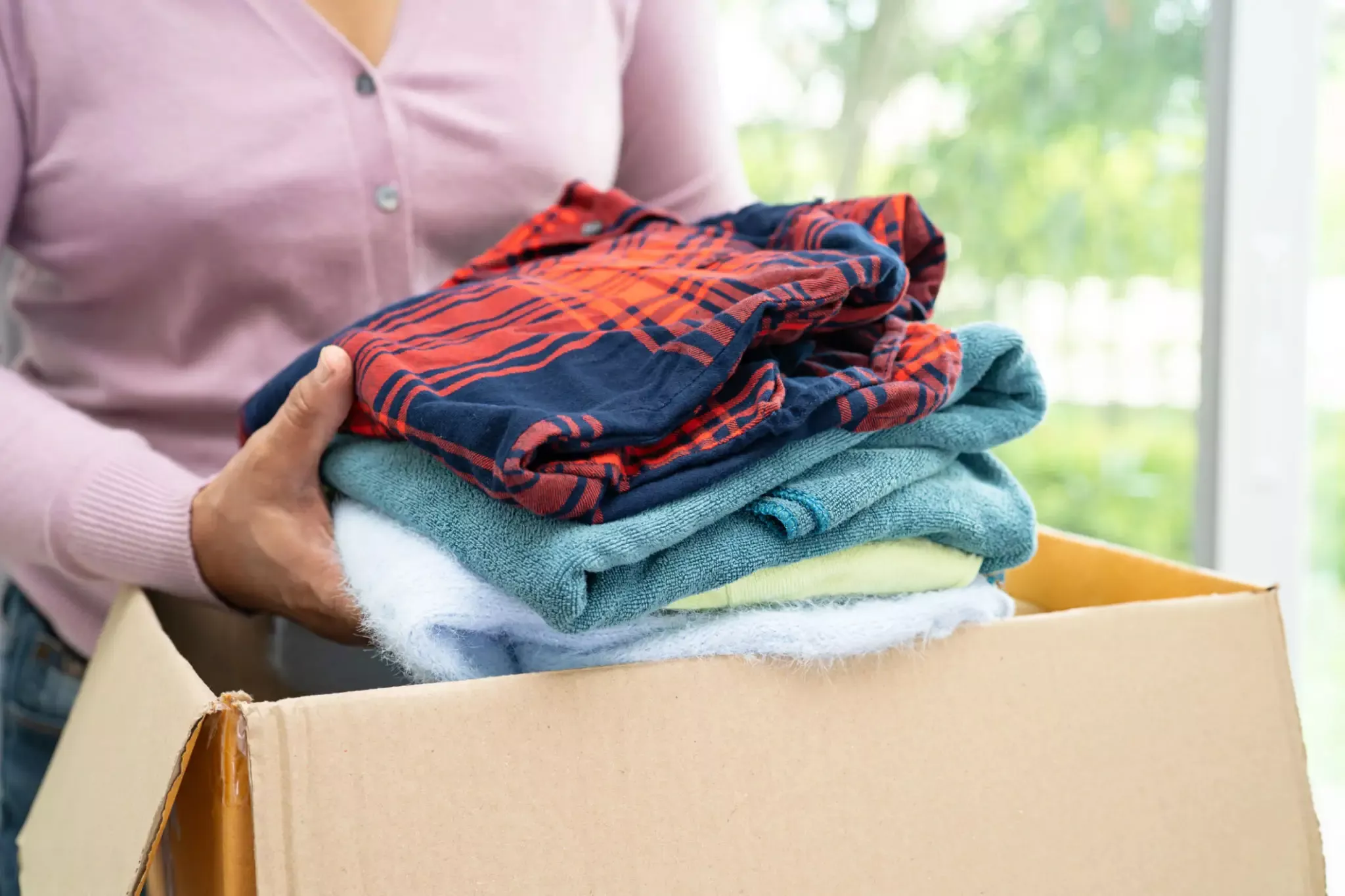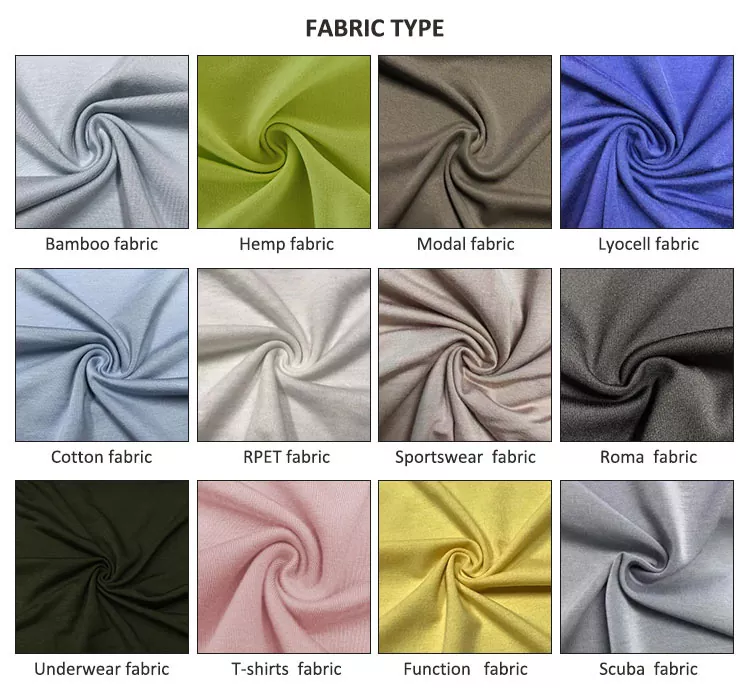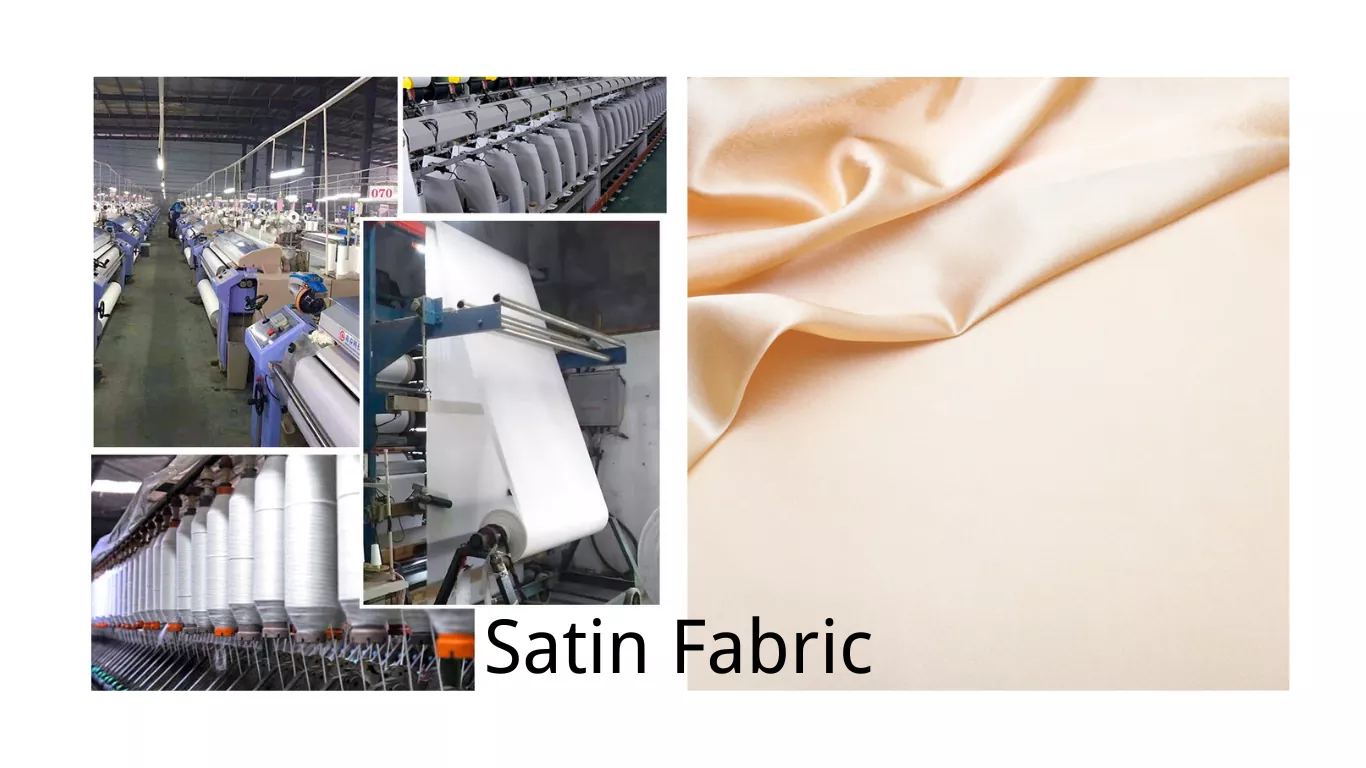Understand the fabric distinctions between woven and knitted, and uncover the unique characteristics they bring to your wardrobe.
Fabrics are an essential part of our everyday lives, serving various purposes and providing comfort, functionality, and style. When it comes to fabrics, one fundamental distinction to be made is between woven and knitted fabrics. In this blog post, we will delve into the intricacies of these fabric types, exploring their differences and understanding the unique characteristics that set them apart.
Fabrics are an essential part of our everyday lives. They not only serve various purposes but also provide comfort, functionality, and style. One fundamental distinction that needs to be made when it comes to fabrics is between woven and knitted fabrics. In this blog post, we will delve into the intricacies of these fabric types, exploring their differences and understanding the unique characteristics that set them apart.
When comparing knitted versus woven fabric, there are distinct differences that stem from the manufacturing process. Woven fabrics are constructed by interlacing two sets of yarns, typically at right angles, creating a stable and structured material. On the other hand, knitted fabrics are formed by continuously interlooping yarns, resulting in a more flexible and stretchable fabric. These structural variances not only impact the appearance but also dictate the performance and qualities of each fabric type.
1. The Manufacturing Process: Exploring the Fundamental Distinction
When it comes to understanding the fundamental distinction between knitted and woven fabrics, it is crucial to delve into the manufacturing process of each. Knitted fabrics are created by interlocking loops of yarn, resulting in a flexible and stretchable material. This process allows for a seamless construction, making knitted fabrics suitable for garments and other applications requiring flexibility and comfort. On the other hand, woven fabrics are made by interlacing two sets of yarn, known as the warp and weft, in a crisscross pattern. This meticulous weaving process creates a stable and durable fabric with little to no stretch. Woven fabrics are commonly used in applications that require strength and structure, such as upholstery and curtains.
When comparing knitted fabric versus woven fabric, one specific distinction worth mentioning is the concept of shade cloth. Knitted shade cloth is commonly used in outdoor settings where protection from sunlight is essential. Due to its construction, knitted shade cloth offers more airflow while still providing adequate shade. In contrast, woven shade cloth tends to provide less airflow since its tightly woven structure restricts the passage of air. When considering shade cloth options for outdoor spaces, understanding the difference between knitted and woven fabrics is crucial to determine the most suitable choice based on airflow requirements.
2. Structural Differences: Understanding How Woven Fabrics Are Constructed
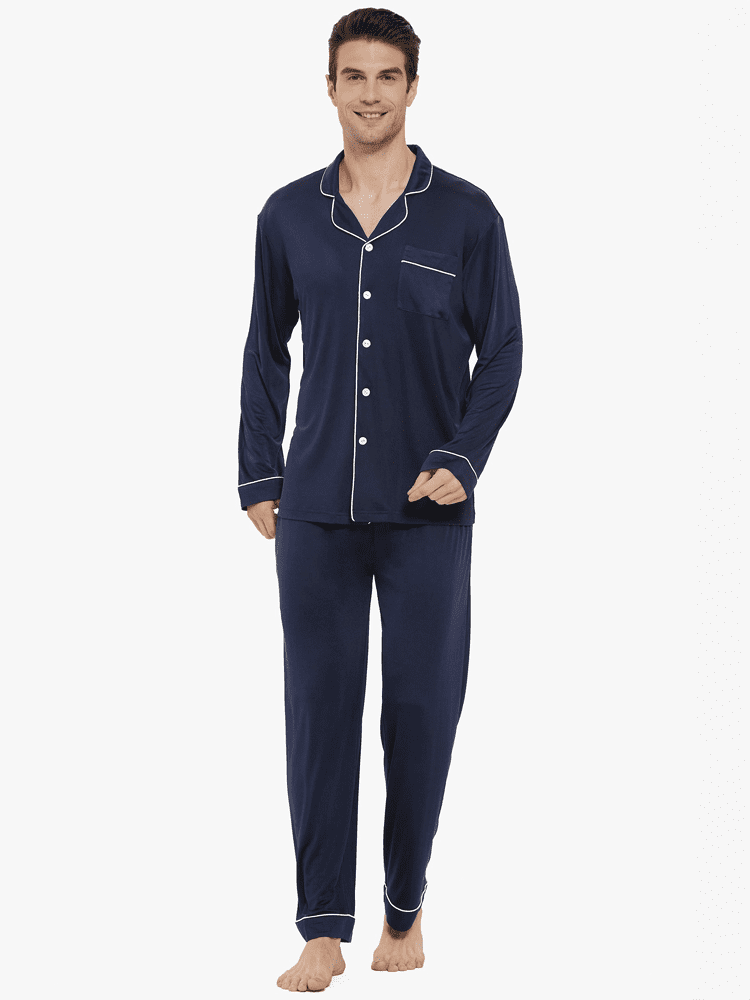
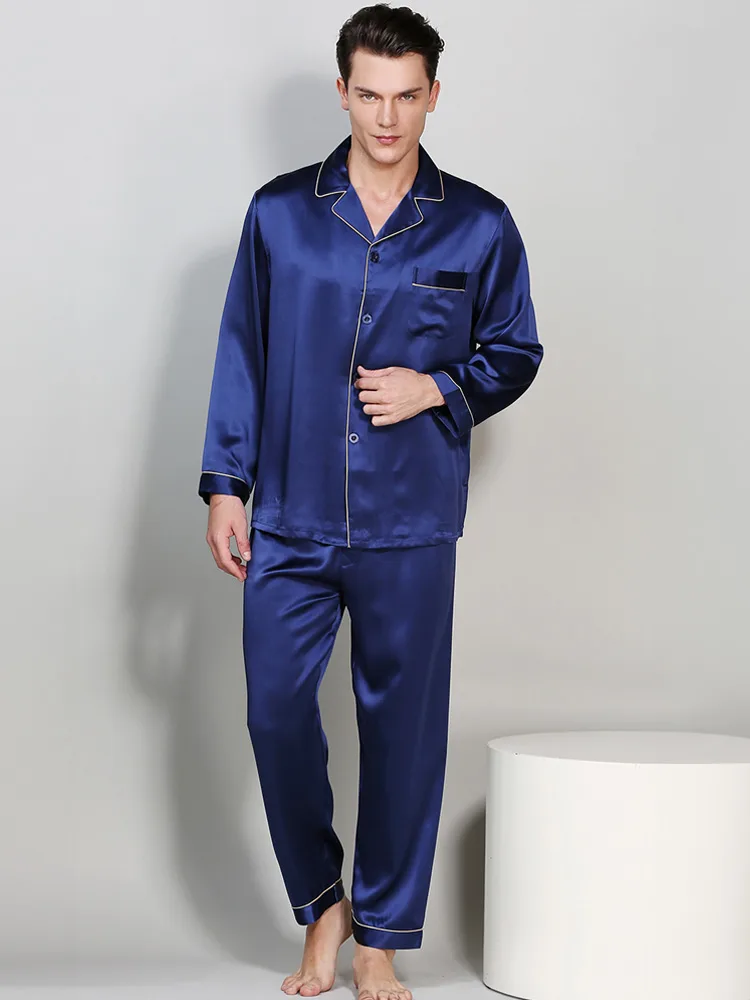
Woven fabrics, such as cotton, are constructed using two or more sets of yarns that interlace at right angles. This intricate weaving process creates a stable and rigid structure that results in a fabric with excellent dimensional stability and less stretch. The tightly woven threads in woven fabrics ensure high strength and durability, making them suitable for applications that require resistance to wear and tear.
Knitted fabrics, on the other hand, are constructed by interlocking loops of yarn, resulting in a more flexible and stretchable fabric. Unlike woven fabrics, knitted fabrics, like cotton, have a natural elasticity that allows them to stretch and recover their original shape. This elasticity makes knitted fabrics highly suitable for applications that require flexibility and comfort, such as activewear or undergarments. The loose structure of knitted fabrics also provides a higher degree of breathability, allowing for better airflow and moisture absorption compared to woven fabrics.
3. A Closer Look at Knitted Fabrics: Unraveling Their Unique Structure
A closer examination of knitted fabrics reveals their unique structure and how it sets them apart from woven fabrics. Unlike woven fabrics, which are created by interlacing two sets of yarns at right angles, knitted fabrics are made by continuously looping a single yarn. This looping technique gives knitted fabrics their characteristic stretch and elasticity, making them ideal for garments that require flexibility and comfort.
One key difference between knitted and woven fabrics is their use of different types of yarn. Knitted fabrics are typically made from soft and pliable yarns, such as cotton or wool, which contribute to their comfortable and breathable nature. On the other hand, woven fabrics often use more rigid yarns, such as polyester or nylon, which provide durability and strength. This contrast in yarn types further emphasizes the distinctive qualities of knitted fabrics in terms of their texture and drape.
Another distinguishing feature of knitted fabrics is their ability to incorporate elastic fibers. By blending elastic fibers with the yarn during the knitting process, the resulting fabric gains additional stretch and recovery properties. This makes knitted fabrics an excellent choice for applications that require a snug fit or the ability to adapt to body movement, such as sportswear or swimwear. In comparison, woven fabrics lack the inherent elasticity of knitted fabrics, although elastane or spandex can be added during the weaving process to create stretch fabrics.
4. Durability and Strength: Comparing the Resilience of Woven and Knitted Fabrics
Polyester is a versatile fabric that can be either knitted or woven, each offering its own set of advantages and disadvantages when it comes to durability and strength. In general, woven polyester fabrics tend to be more durable and resistant to tearing compared to knitted polyester fabrics. This is due to the tightly woven structure of the fabric, which provides increased stability and strength. Woven polyester fabrics are often used in applications that require high strength, such as outdoor furniture, backpacks, and upholstery.
On the other hand, knitted polyester fabrics offer enhanced flexibility and stretchability, making them more suitable for applications that require a greater range of motion. While knitted fabrics may not be as strong as their woven counterparts, they excel in terms of comfort and versatility. Knitted polyester fabrics are commonly used in T-shirts, activewear, and knitwear, where stretch and breathability are important factors for the wearer’s comfort. Overall, the choice between knitted or woven polyester fabric depends on the specific requirements of the intended application, balancing durability with other desirable qualities such as flexibility and comfort.
5. Breathability and Comfort: Analyzing the Airflow Properties of Woven and Knitted Fabrics
Breathability and comfort are crucial factors to consider when selecting fabrics for clothing and other textile applications. Understanding the airflow properties of woven and knitted fabrics is essential in determining their suitability for different purposes.
Woven fabrics, such as cotton shirts or denim jeans, often have a denser structure compared to knitted fabrics. This denseness affects their breathability, as the tightly interlaced yarns restrict airflow. However, some woven fabrics can still offer decent breathability, depending on the fiber composition and weave pattern used.
On the other hand, knitted fabrics, like t-shirts or sweaters, have a more open structure with interconnected loops. This allows for better breathability as air can circulate more easily through the spaces between the loops. Knitted fabrics tend to be lightweight and offer greater comfort during hot weather or physical activities.
While both knit and woven fabrics have their advantages and disadvantages in terms of breathability and comfort, it is essential to consider the specific requirements of the intended application. Factors such as climate, activity level, and personal preferences influence the choice between the two fabric types. However, it’s worth noting that not all t-shirts are knit fabrics; some can be woven too.
6. Stretch and Elasticity: Evaluating the Flexibility of Woven and Knitted Fabrics
Stretch and elasticity are key factors to consider when evaluating the flexibility of fabrics. Woven fabrics, such as cotton, are typically known for their limited stretchability. The tightly interlocking yarns in a woven structure create a stable and less elastic fabric. While woven fabrics can provide strength and durability, they may lack the inherent stretch required for certain applications. On the other hand, knitted fabrics, also including cotton, offer greater stretch and elasticity due to their unique construction.
Cotton, whether knit or woven, is a widely used fabric known for its breathability and comfort. When it comes to stretch and elasticity, knitted cotton fabrics often outperform their woven counterparts. The interlocking loops in a knitted structure allow the fabric to stretch and recover, offering excellent flexibility and freedom of movement. This characteristic makes knitted cotton fabrics ideal for garments that require a greater range of motion, such as activewear or form-fitting apparel. In contrast, woven cotton fabrics may be better suited for applications that prioritize stability and structure over stretchability.
7. Drape and Texture: Examining the Aesthetic Qualities of Woven and Knitted Fabrics
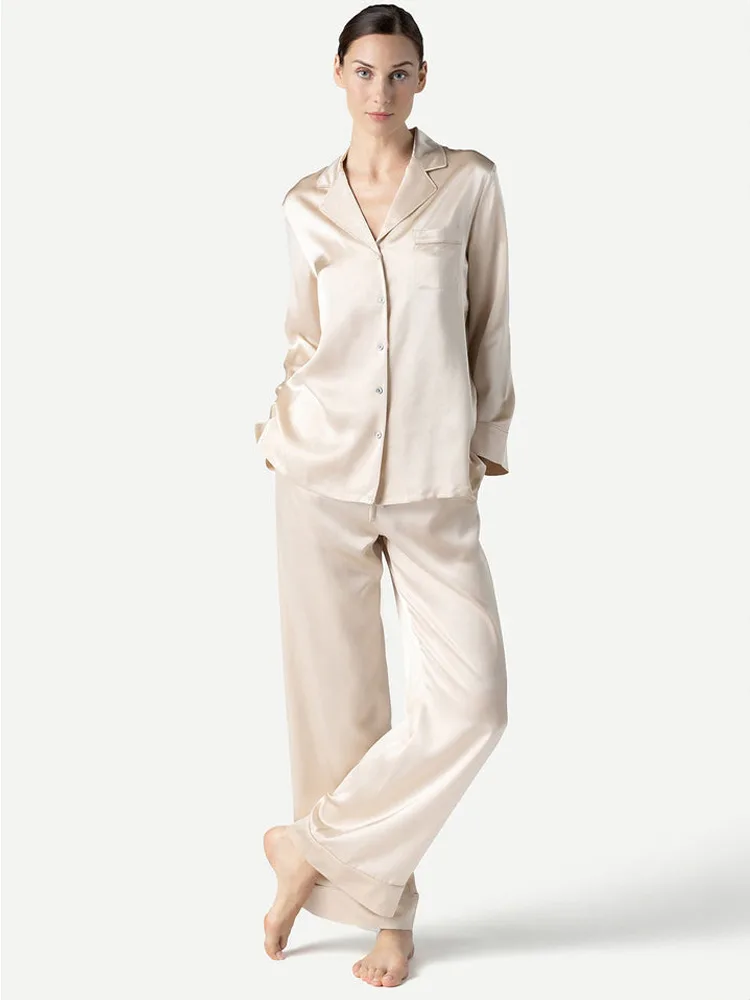
Drape and texture are two crucial factors that contribute to the overall aesthetic qualities of woven and knitted fabrics. Woven fabrics are known for their structured and stable drape, thanks to the interlacing of the warp and weft yarns. This characteristic gives woven fabrics a more formal and tailored appearance, making them ideal for creating garments such as suits and jackets. The texture of woven fabrics can vary depending on the type of weave used, with options ranging from smooth and crisp to rough and textured, adding visual interest to the fabric.
On the other hand, knitted fabrics offer a distinct drape that is more fluid and flexible, thanks to the interlocking loops of yarn. This inherent stretchiness allows knitted fabrics to conform to the body’s contours, resulting in a more casual and relaxed drape. The texture of knitted fabrics can also vary widely, from fine and smooth knits to chunky and textured ones, providing endless possibilities for creating unique and eye-catching garments. Knitted fabrics are often favored for their comfort and versatility, making them suitable for a wide range of applications, including cozy sweaters, casual t-shirts, and comfortable loungewear.
In conclusion, the drape and texture of woven and knitted fabrics significantly impact their aesthetic qualities and determine their suitability for different applications. Understanding these differences allows designers and consumers to make informed choices when selecting fabrics for various projects. Whether it’s a structured and formal look or a fluid and relaxed feel, both woven and knitted fabrics offer their own unique charm, bringing style and comfort to our everyday lives.
8. Suitability for Different Applications: Identifying When to Choose Woven or Knitted Fabrics
Woven fabrics and knitted fabrics each have their own unique characteristics that make them suitable for different applications. Understanding when to choose one over the other can help you achieve the desired outcome in your projects.
Woven fabrics, with their strong and stable structure, are often preferred for applications that require durability and stability. Their tight weave creates a solid, uniform surface, making them ideal for upholstery, curtains, and outerwear. Woven fabrics are also commonly used in traditional tailoring and formal wear, as they provide a structured, polished look.
On the other hand, knitted fabrics offer flexibility and stretch, making them suitable for applications that require a snug fit and freedom of movement. Their elasticity allows them to contour to the body, which is why they are popular for activewear, swimwear, and undergarments. Knitted fabrics are also valued for their breathability and comfort, making them a preferred choice for casualwear and loungewear. Their softness and drape make knitted fabrics perfect for creating flowing garments and accessories.
9. Care and Maintenance: Unve
Care and maintenance are essential aspects to consider when it comes to ensuring the longevity and appearance of fabrics. Proper care can extend the lifespan of a fabric, preventing premature wear and tear. It is important to follow the care instructions provided by the manufacturer, as different fabrics have different requirements. Regular maintenance may involve simple tasks such as washing and storing the fabric correctly. Moreover, some fabrics may require specialized cleaning methods or professional dry cleaning to maintain their quality and integrity.
To maintain the fabric’s color and texture, it is advisable to wash it with similar colors and avoid using harsh detergents or bleach. Additionally, it is important to avoid excessive heat when drying the fabric, as it can cause shrinkage or damage to certain fabrics. Storing the fabric correctly is equally important. It is best to store fabrics in a cool, dry place, away from direct sunlight, as exposure to sunlight can cause fading and discoloration. By adopting a proper care and maintenance routine, fabrics can retain their beauty and durability for years to come, enhancing the overall aesthetics of the items they are used in.
• Follow the care instructions provided by the manufacturer for each fabric
• Wash fabrics with similar colors to prevent color bleeding or fading
• Avoid using harsh detergents or bleach that can damage the fabric’s fibers
• Dry fabrics at a low heat setting to prevent shrinkage or damage
• Store fabrics in a cool, dry place away from direct sunlight to avoid fading and discoloration
Συχνές ερωτήσεις
How should woven fabrics be cared for and maintained?
Woven fabrics should be cared for by following the garment’s care instructions, which usually include machine washing on a gentle cycle or handwashing in cold water. It is recommended to avoid using harsh detergents or bleach. To maintain the fabric’s integrity, it is advisable to air dry or tumble dry on a low heat setting.
What is the best way to care for knitted fabrics?
To care for knitted fabrics, it is recommended to always check the garment’s care instructions. Many knitted fabrics are delicate and should be hand washed in cold water or machine washed on a gentle cycle. It is important to avoid wringing or twisting the fabric to prevent stretching or distortion. To preserve the shape, it is best to lay flat or hang the garment to air dry.
Can woven and knitted fabrics be ironed?
Yes, both woven and knitted fabrics can be ironed, but it is important to adjust the iron’s temperature according to the fabric type. For woven fabrics, ironing can be done on a medium to high heat setting, depending on the fabric’s tolerance. Knitted fabrics are more delicate and should be ironed on a low heat setting, or preferably with a pressing cloth to protect the fabric.
How should stains be treated on woven and knitted fabrics?
Stains on woven fabrics can often be treated by immediately blotting the affected area with a clean cloth or paper towel. For stubborn stains, it is advisable to gently rub a mild detergent or stain remover onto the stain before washing. Knitted fabrics are more prone to stretching and distortion, so it is important to avoid rubbing or scrubbing vigorously. Instead, blot the stain gently with a mild detergent solution and rinse thoroughly.
Can woven and knitted fabrics be dry cleaned?
Yes, both woven and knitted fabrics can be dry cleaned. However, it is important to check the garment’s care instructions to confirm if dry cleaning is recommended. Some fabrics may be too delicate or prone to shrinkage, and dry cleaning may not be suitable for them. It is always best to consult with a professional dry cleaner who is experienced in handling different fabric types.
How can shrinkage be prevented in woven and knitted fabrics?
To prevent shrinkage in woven fabrics, it is important to follow the care instructions and avoid using hot water for washing. Air drying or tumble drying on a low heat setting is recommended to minimize shrinkage. For knitted fabrics, handwashing in cold water and air drying is typically the best way to prevent shrinkage. Avoiding excessive agitation and hot water is crucial to maintaining the fabric’s shape and size.

